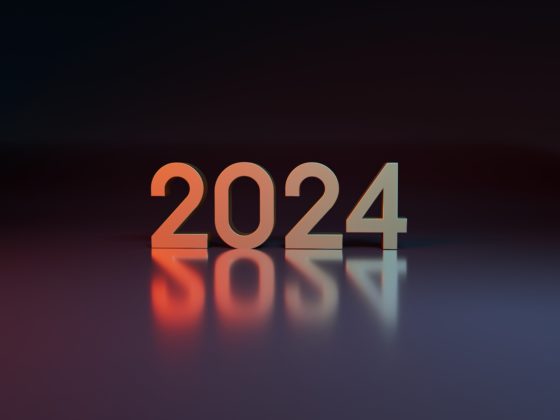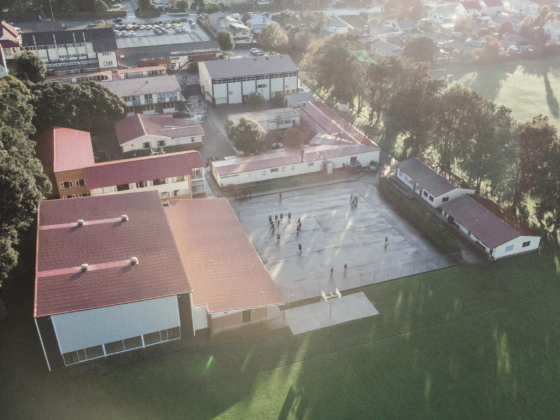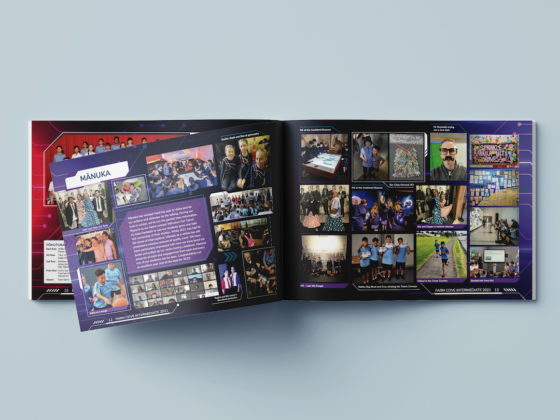The best school yearbooks are a captivating blend of photography, graphics and text. They project the school’s vibrancy, culture and achievements in a single attractive publication.
A key technique for creating engaging content is to vary the format. There are many ways to tell a story, and you’ll get great results by choosing the approach that best suits the topic. Here are some tips on using different content styles and forms to add that creative ‘X’ factor to your yearbook.
The Photo Essay
Telling the story through pictures is a powerful technique, and it offers photography students the perfect project to focus on. Photo essays give you the opportunity to print high quality, full-page images that showcase student creativity.
Letters to the Editor
Including personal messages from everyone from the Principal to the year one student adds a personal touch that will resonate with the audience. In some cases, you can even scan and incorporate elements of original handwritten letters in the layout.
The Interview
If you’d like to profile a staff member or student, a transcribed interview can bring a real sense of immediacy and authenticity to a piece of content. Whether serious or light-hearted, the interview is a familiar format that appeals to readers. This would be an ideal assignment for journalism students.
The ‘Newspaper’ Column
As the Yearbook editor, invite guest ‘columnists’ to contribute opinion pieces that reflect on important school events or school culture. Columnists could include the head girl or head boy, a well-recognised personality in the school or an ‘anonymous’ column with cheeky observations about school life.
The Factual Report
Some stories are best suited to a more formal approach, for example, the addition of new school buildings. In this case, you could highlight impressive facts about the construction process and include diagrams and floor-plans.
These are only a few suggested formats. There are many others including photo montages, lists, infographics, poems and excerpts from school trip diaries.



